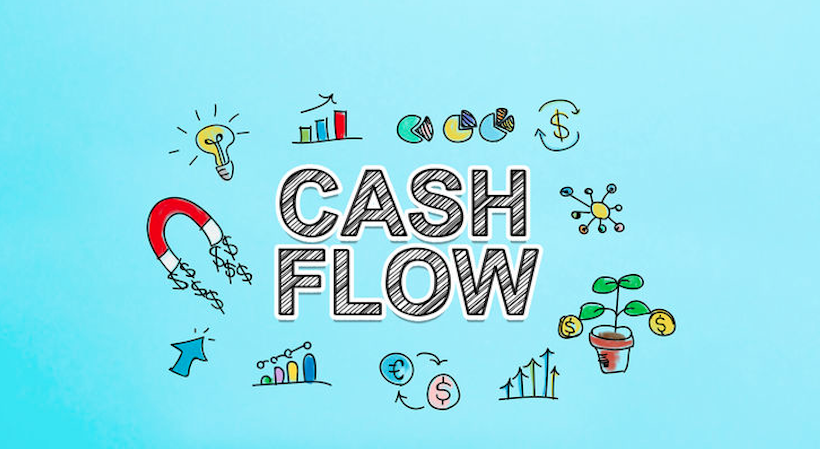What’s the most important factor in keeping your business alive? You might think the answer is profitability; after all, as long as you’re making more money than you’re spending, you should have ample resources to keep your enterprise going. However, it’s possible to be profitable on paper and still come up with cash shortfalls, preventing you from paying your employees and your bills on time, and in extreme circumstances, forcing you to close the business all together. The real lifeblood of a business is cash flow, which refers to the amount of actual incoming and outgoing money—regardless of hypotheticals and planned exchanges.
Why cash flow is a killer
Money is what keeps businesses going, so naturally, it’s also what kills them. There are many avenues for failure, including disinterest in your product or service, or legal issues that cripple your ability to maintain operations.
However, cash flow is especially deadly because it cripples your financial power and flexibility. If you don’t have enough money in the bank to pay your employees, they could quit. If you can’t pay your vendors, they’ll stop providing you with materials. If you can’t pay back your loans, your creditors may repossess your assets.
Obviously, this won’t happen all at once, but cash flow can be sneaky. If you aren’t monitoring your cash flow carefully, you could easily end up in a weak position, without even realizing it.
Related: Manage Cash Flow with These Essential Money Saving Tips
How to stay cash flow positive
What can you do to keep your startup squarely in “cash flow positive” territory?
- Actively monitor your cash flow. Your first goal should be to hire or designate someone as being exclusively responsible for monitoring your cash flow. This isn’t something you should check at your convenience, or whenever you happen to think about it—it’s something you should evaluate at least weekly. As long as you have your finger on the pulse, you’ll be able to proactively diagnose small problems before they become big problems.
- Choose the right customers. Next, you’ll need to think carefully about the clients and customers you take on—especially if you’re selling large-scale contracts at high prices. You can run credit checks on all your customers to determine their history of payment (or non-payment), and secure favorable terms from the outset of the relationship.
- Organize your collection strategy. One of the most important things you can do is organize your collection strategy, making it more consistent, more efficient and less susceptible to simple errors. When are you going to invoice your customers for work you’ve done? How are you formatting the invoices? What methods of payment will you accept, and how will you communicate with customers when the deadline for paying an invoice approaches? There aren’t any “right” or “wrong” approaches here, but you’ll need something consistent in place—and something that works for your specific business and your customers.
- Limit your expenses. You can also manage cash flow by limiting the expenses you’re responsible for in a given month. You can reduce what you pay in office costs, production costs and subscription services, and ease the burden of your accounts payable as a collective strategy. Of course, this also assumes you have a consistent stream of revenue already in place.
- Have a follow-up strategy with non-payers. Even the best customers may be late with payment on occasion. When this happens, you need to be ready. How long will you wait past the deadline to reach out to a customer? How and when will you reach out to them if they don’t respond to your first message? In general, you’ll want to be polite, but firm in your requests to collect payment. You’ll want to use a variety of communication methods, including emails and phone calls, and you’ll need to be persistent if a customer refuses to answer. Eventually, you’ll need a legal plan in place—just in case you run into a customer who outright refuses to pay.
- Establish a line of credit as a backup. Finally, consider establishing a line of credit for your business, so you’re less likely to run into immediate cash problems. This is a kind of floating loan that you can tap into whenever you need it, almost like a credit card. As long as your business has a stream of revenue and some history, you shouldn’t have a problem getting approved for a line of credit from any major financial institution. It’s not something to use all the time, but it’s perfect for handling emergencies.
Sign Up: Receive the StartupNation newsletter!
Fortunately, with these strategies, you should be able to keep your business cash flow positive, even when you encounter problems with expenses, customer payments or other liabilities. Good cash flow habits are especially important for new startups, when revenue is often inconsistent, and the brand’s stability is somewhat volatile, so as an entrepreneur, make cash flow a top priority. The sooner you get your cash flow under control, the sooner you can focus on bigger, more exciting financial goals.






